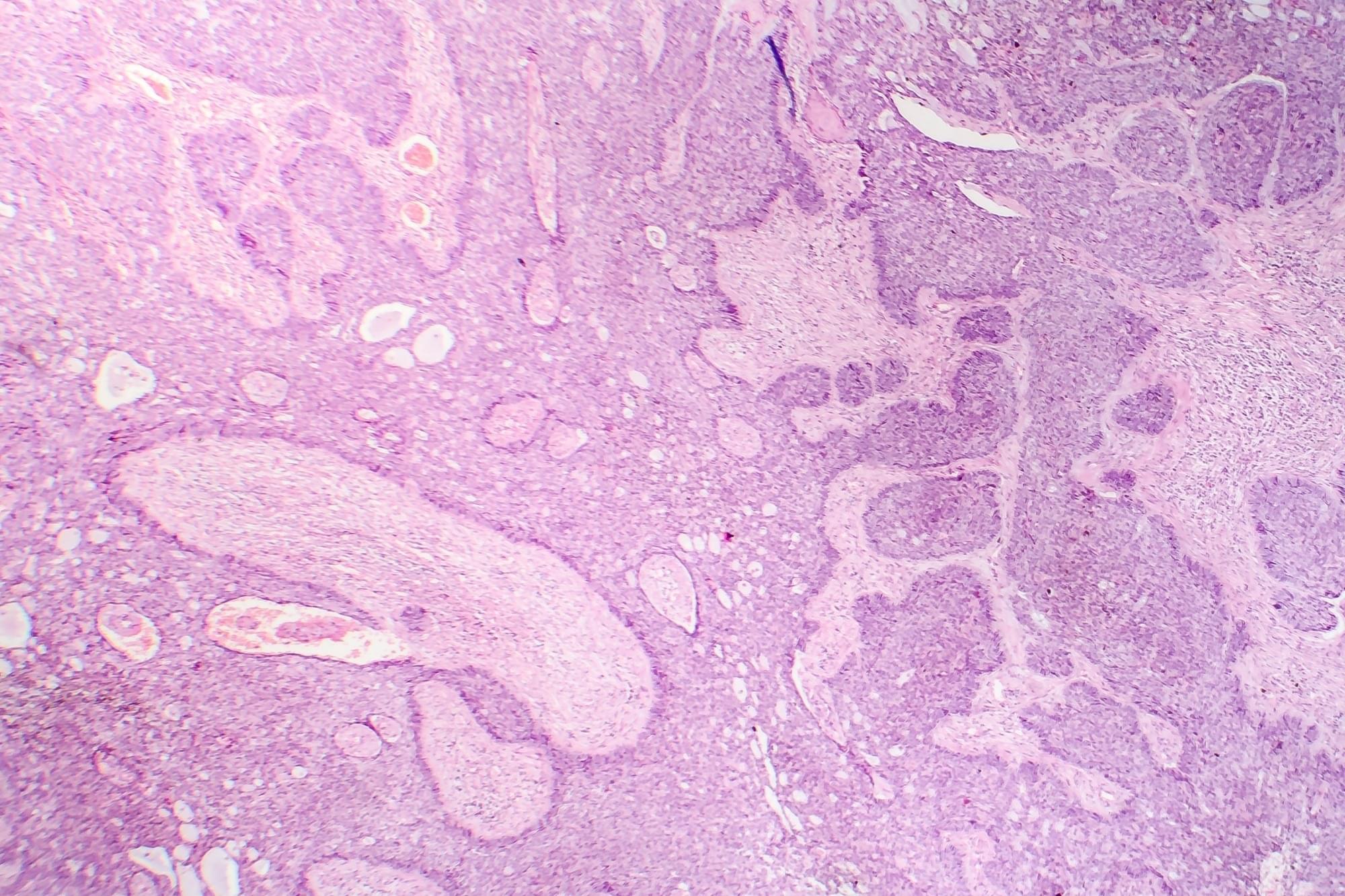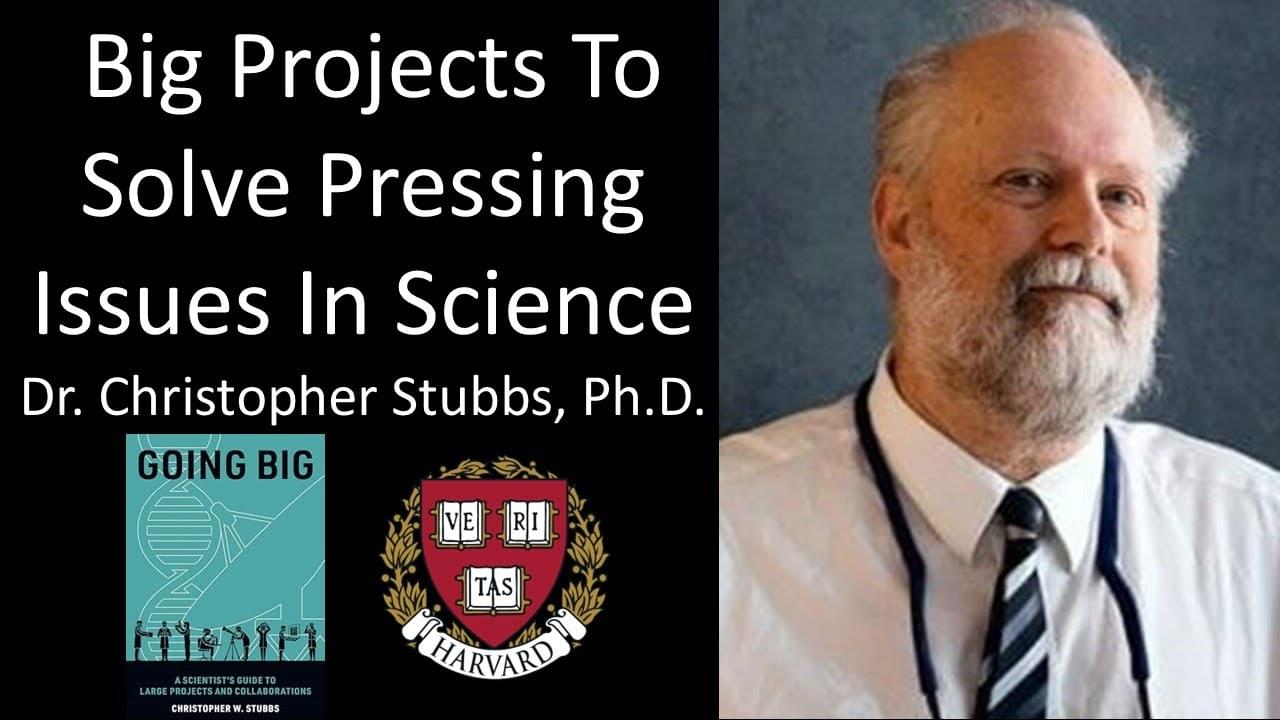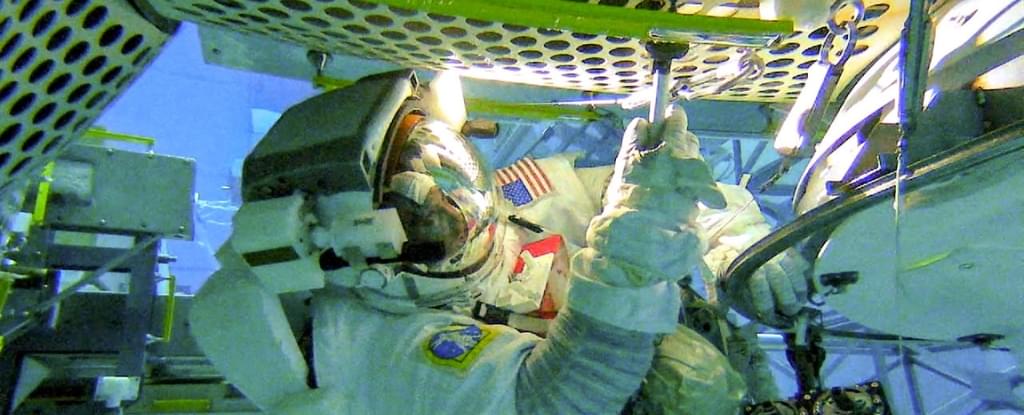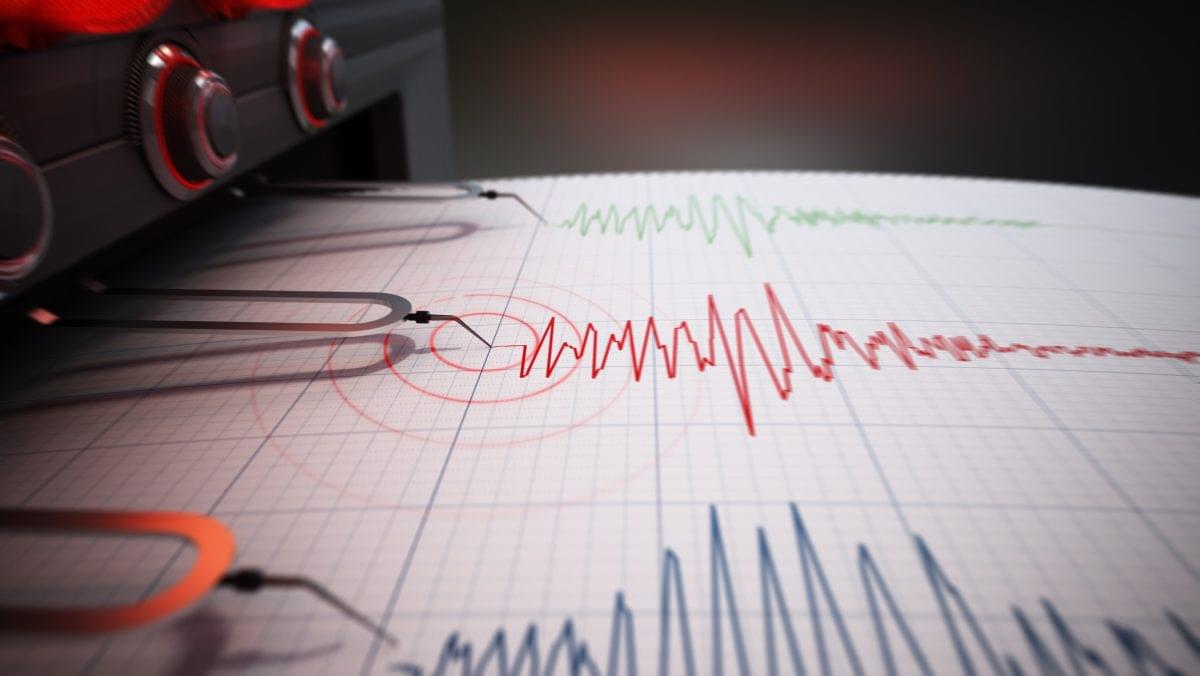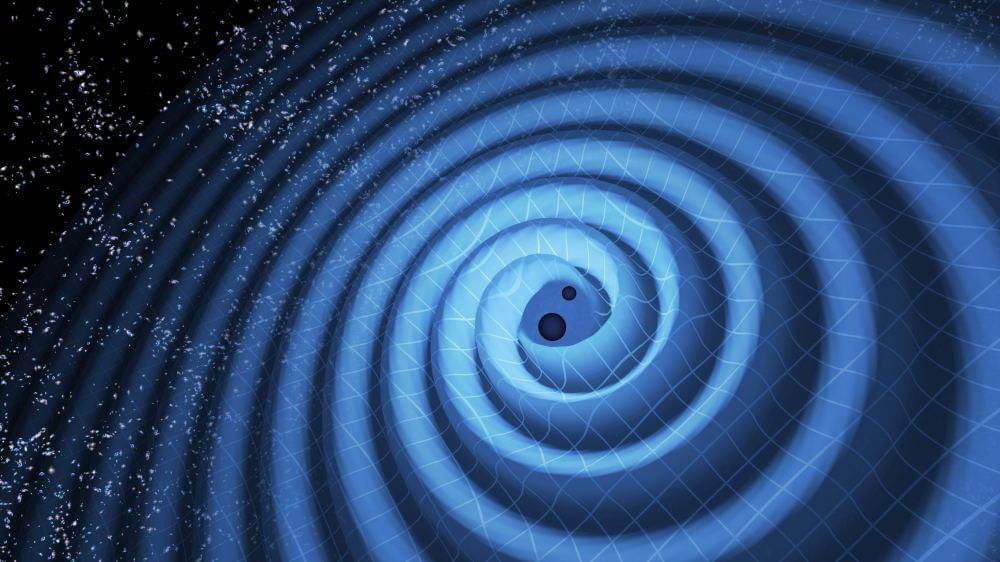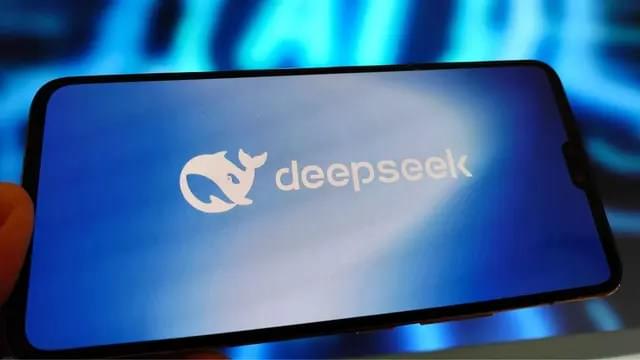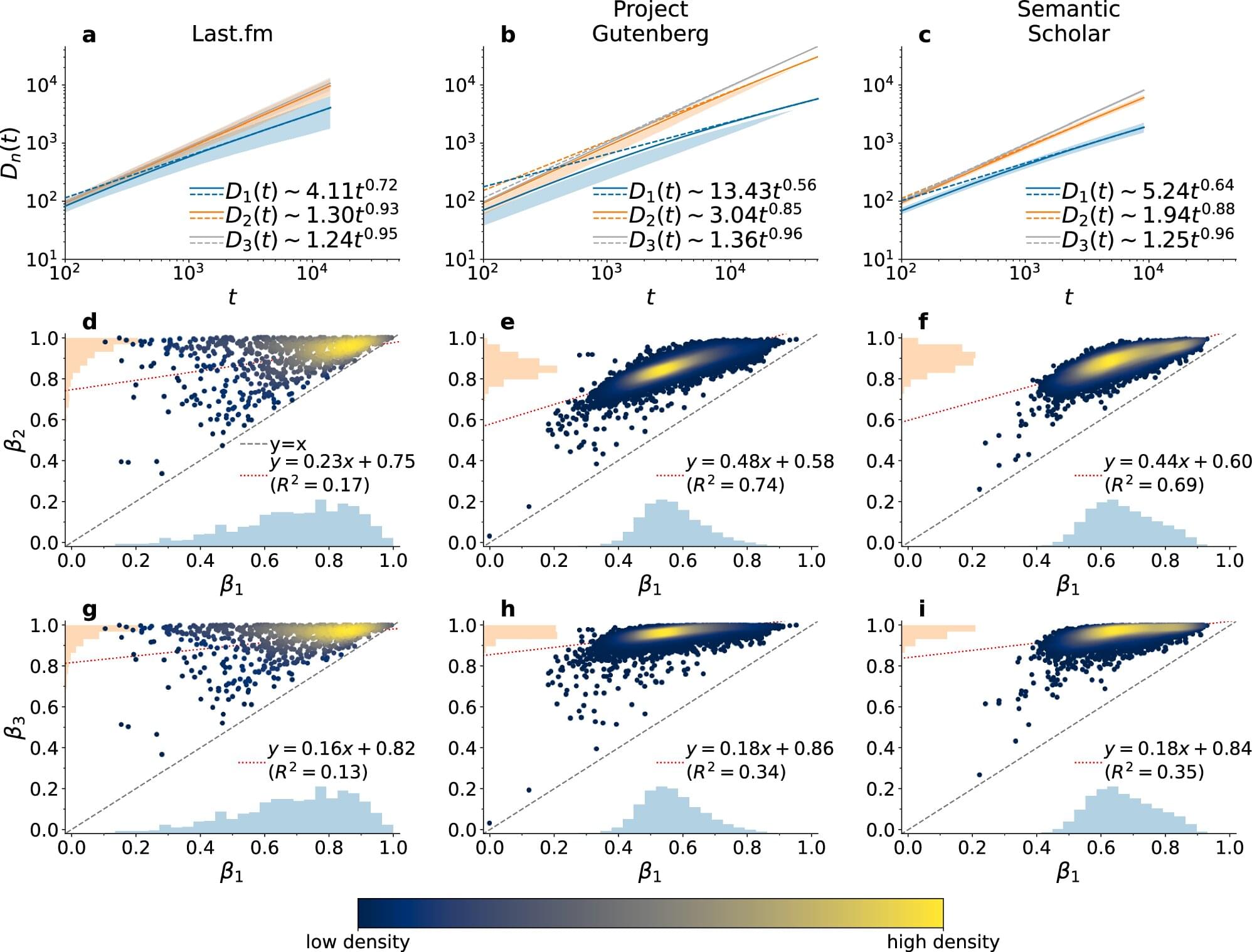Neoadjuvant therapy with hedgehog inhibitors has an overall response rate (ORR) of 71%, but adverse events (AEs) like fatigue, muscle cramps, dysgeusia, and hair loss often lead to discontinuation and low compliance.
OVs represent a class of intratumoral therapeutics that might be a safe and effective neoadjuvant therapy for difficult-to-resect BCCs.
Talimogene laherparepvec (T-VEC) is an OV, a genetically engineered herpes simplex virus 1 (HSV1), approved for treating injectable, unresectable melanoma lesions in the United States and Europe. T-VEC has a dual mode of action and can alter the tumor microenvironment (TME) by activating adaptive and innate immunity.
